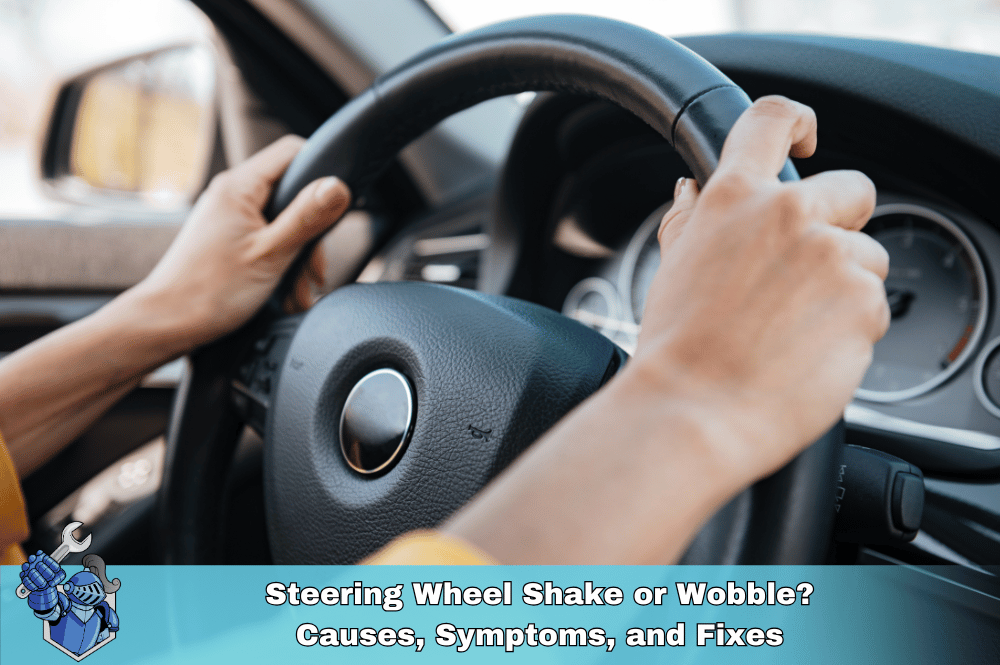Self-healing cars use built-in AI and sensor networks to detect issues, run internal diagnostics, and apply software-based fixes like recalibrations or updates—sometimes without driver intervention.
We’re rapidly approaching an era where your car knows it’s sick before you do—and might even book its own appointment for a checkup.
In the not-so-distant past, auto repair involved popping the hood, checking fluids, and listening for strange noises. Today’s vehicle technology is lightyears ahead, powered by a complex web of sensors, software, and real-time diagnostics. But tomorrow’s cars? They won’t just alert you to a problem. They’ll diagnose it, suggest a fix, download a solution, or—even more impressively—heal themselves.
Welcome to the world of predictive maintenance, over-the-air vehicle repair, and the Automotive AI Whisperer.
Beyond OBD-II: Real-Time Prognostics & the End of Guesswork
Traditional diagnostics systems like OBD-II (On-Board Diagnostics) were a revolutionary leap in car diagnostics, but they’re now playing catch-up. Newer vehicles—especially software-defined vehicles—use a far more advanced layer of data collection. Dozens (and in some cases, hundreds) of embedded sensors communicate through a central AI hub, generating constant feedback on part wear, performance drift, and anomalies invisible to the human eye or ear.
This is the age of real-time prognostics, where AI systems continuously monitor everything from brake pad degradation to subtle deviations in fuel injector timing. Companies like TWAICE and Uptake are already deploying AI systems that detect failure risks weeks before a warning light would’ve illuminated. In electric vehicles (EVs), this predictive power becomes even more critical for monitoring high-voltage systems, battery health, and inverter performance.
The Car That Talks Back: Repair Suggestions from the Dashboard
Imagine your car flashing a notification—not just that something is wrong, but a full sentence:
"Rear differential fluid viscosity falling below optimal threshold. Recommend service within 2 weeks. Would you like me to schedule with your preferred service center?"
This isn’t sci-fi. It's what vehicle health management systems will soon offer, fueled by telematics, machine learning, and cloud-based vehicle data analytics. The car won’t just alert you; it will assess the urgency, analyze previous issues, and even suggest the most efficient repair strategy.
And if it’s connected to a smart factory ecosystem or a dealership service network, the system might pre-order the necessary parts before the appointment is made—reducing wait times and increasing fix rates.
Over-the-Air Fixes & Self-Healing Capabilities
The next chapter in automotive innovation involves the rise of OTA (over-the-air) updates. Already common in Tesla and Rivian models, OTA repairs allow manufacturers to correct bugs, recalibrate systems, and even enhance features remotely—no shop visit required.
But the true revolution lies in the car’s capacity to heal itself. Self-healing car technology uses algorithms to recalibrate certain subsystems autonomously. For instance, if a LiDAR sensor used in ADAS calibration drifts out of spec due to temperature or impact, the system could perform a software-based recalibration on its own.
In the future, minor software glitches may be diagnosed and corrected without any human involvement—reducing visits to the mechanic, minimizing downtime, and reshaping the economics of car maintenance.

AI Whisperers: The Evolution of the Auto Technician
The shift from wrenches to code is already underway.
As vehicles become more intelligent, the role of the auto mechanic is transforming. Traditional mechanical repair skills are giving way to data interpretation, software troubleshooting, and AI calibration. This new breed of technician—sometimes called an Automotive AI Whisperer—will need to understand not just engine mechanics, but also deep learning models, human-machine interfaces, and cybersecurity protocols.
As systems grow more autonomous, being able to interpret AI behavior and communicate effectively with the vehicle’s digital brain will be as essential as knowing how to replace a water pump. In fact, many auto repair schools are starting to offer certifications in EV systems, connected car platforms, and ADAS calibration to keep pace with this evolution.
AR Glasses in the Repair Bay
To manage increasingly complex vehicles, tomorrow’s technicians won’t just bring tools to the bay—they’ll wear them. Augmented reality auto repair is already being tested in dealerships and OEM training centers. By donning AR glasses, technicians can view 3D models of parts overlaid onto the vehicle in real time, follow step-by-step repair procedures, and even receive remote coaching from master technicians elsewhere.
Imagine being guided through a sensor replacement while live data scrolls across your view, or recalibrating an EV's regenerative braking system with a holographic overlay showing torque values.
Tools like Microsoft HoloLens and Bosch’s AR solutions are already bridging this gap, offering a glimpse of the next-gen auto repair shop.
Cyber-Physical Systems: When a Software Bug Looks Like a Broken Part
Here’s where things get tricky.
Modern cars are cyber-physical systems—an intricate dance between hardware and software. A failing throttle response could be a bad sensor… or a software update that misconfigured engine timing. A backup camera failure might not be a cracked lens—it could be a cybersecurity conflict or a glitch introduced in the last OTA patch.
This makes the diagnostic process harder but also more intellectually engaging. Technicians must now ask: Is this a mechanical failure or a data-driven illusion? The need to understand vehicle communication protocols, fault detection logic, and even data privacy risks will be essential.
And when it comes to remote car diagnostics, secure access to vehicle data will become a linchpin for success—ensuring both efficiency and compliance with data governance laws.

The Service Center of the Future
Forget grease-stained garages and paper forms. Tomorrow’s car service centers will resemble advanced tech labs. Cloud-connected bays, diagnostic AIs, and remote support hubs will work in harmony. Customers might drop off their cars via an app, receive updates in real time, and approve recommended services based on predictive algorithms.
Or better yet: their cars might drive themselves there.
Fleet management firms are already investing in platforms that allow autonomous car repair cycles—where vehicles report issues, book appointments, receive updates, and rejoin service with minimal human intervention.
For consumers, this means fewer surprises, lower long-term costs, and higher vehicle reliability. For shops and dealers, it’s an arms race to keep up with training for AI vehicle technicians, adopting new tools, and hiring talent with both mechanical and digital fluency.
Final Thoughts: Can Cars Really Fix Themselves?
Not entirely. At least not yet. But what’s emerging is a hybrid model—where the car diagnoses itself, communicates intelligently, repairs what it can, and passes off the rest to a human expert equipped with cutting-edge tools and insight.
In this world, predictive vehicle diagnostics becomes a cornerstone of everyday driving. Self-healing car technology and OTA repair reduce downtime. And the automotive AI whisperer becomes a crucial ally in helping machines maintain themselves.
At Noble Quote, we’re watching these automotive industry trends closely. Whether you’re curious about vehicle health management, want to understand how AI improves vehicle reliability, or just need peace of mind with smart diagnostics car tools, we’ve got your back—today and for the future.
Your Top Questions Answered: AI, Self-Healing Cars, and the Future of Auto Repair
How do self-healing cars work?
What is an Automotive AI Whisperer?
An Automotive AI Whisperer is a highly trained technician who interprets vehicle AI data, diagnoses complex digital issues, and ensures advanced systems like ADAS and EV components function correctly.
Can a car fix itself?
Some vehicles can fix certain issues remotely through over-the-air (OTA) software updates or internal recalibration systems, reducing the need for manual repairs.
What is predictive maintenance in vehicles?
Predictive maintenance uses AI and sensor data to monitor parts in real time and forecast failures before they happen, helping prevent breakdowns and reduce long-term repair costs.
How do cars communicate repair needs?
Modern vehicles use telematics and AI algorithms to monitor performance and alert drivers—often with specific recommendations—through dashboard messages or connected apps.
Are over-the-air car repairs reliable?
Yes, OTA repairs are secure and effective for software-related issues. They’re already used by brands like Tesla and Ford to improve features and fix bugs without dealership visits.
What skills will future auto technicians need?
Future technicians will need knowledge in AI diagnostics, cybersecurity, high-voltage EV repair, AR tools, software debugging, and data interpretation alongside traditional mechanical skills.
What is the difference between a software bug and a mechanical failure in cars?
A software bug is a glitch in a car’s code affecting how it operates, while a mechanical failure involves physical parts breaking down. AI technicians must diagnose both accurately.
How is augmented reality used in car repair?
Technicians use AR glasses to overlay real-time instructions, part locations, and system data directly onto the vehicle, improving speed and accuracy during complex repairs.
What are cyber-physical systems in modern cars?
Cyber-physical systems integrate software and mechanical components. In cars, this means both code and physical parts interact to control functions, making advanced diagnostics essential.
Suggestions for you
Read MoreLet’s work together
Every week we showcase three charitable organizations that our donations are sent to. Our clients are able to choose which of these three will receive their gift when they add coverage to their vehicle...

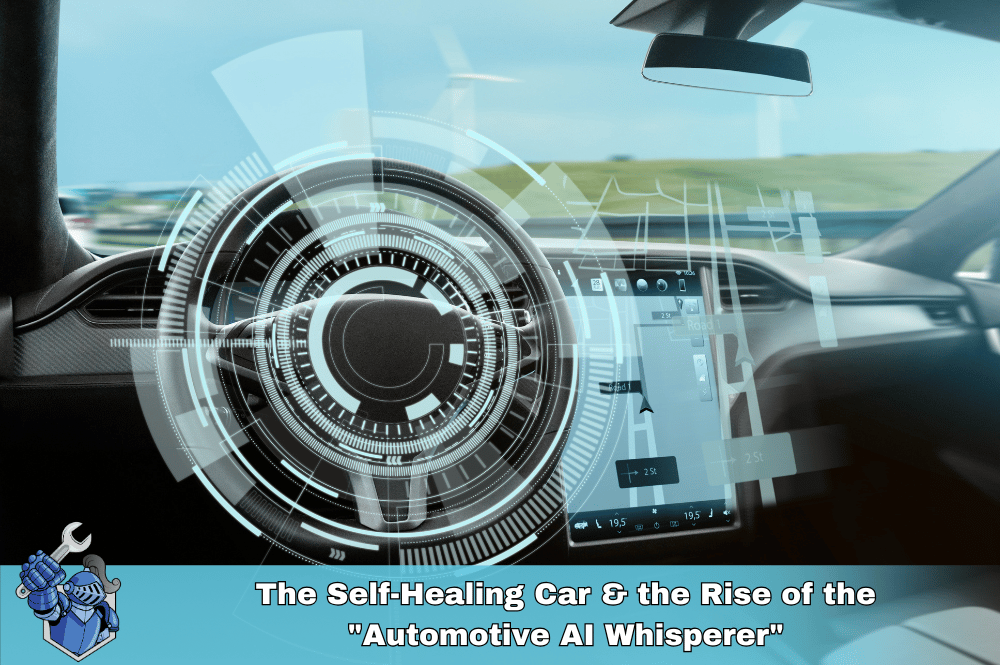
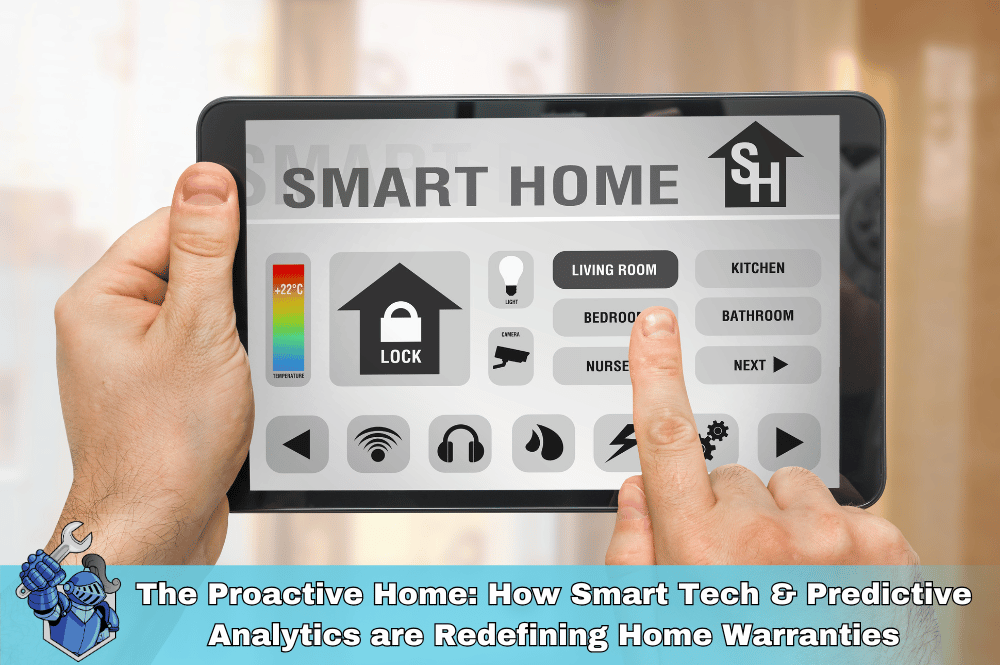 The Proactive Home: How Smart Tech & Predictive Analytics are Redefining Home Warranties
The Proactive Home: How Smart Tech & Predictive Analytics are Redefining Home Warranties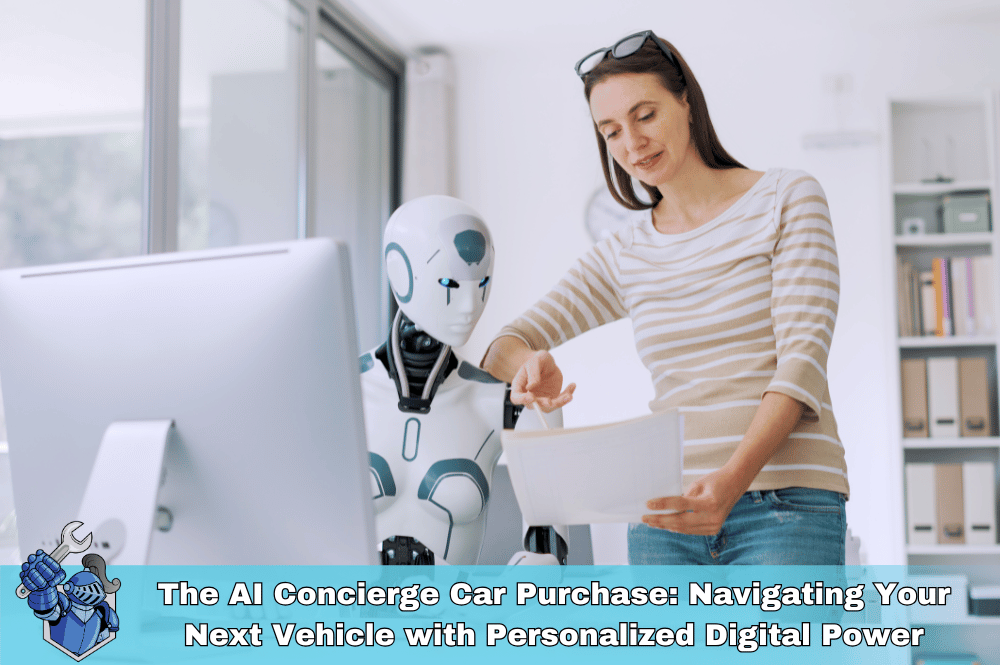 The AI Concierge Car Purchase: Navigating Your Next Vehicle with Personalized Digital Power
The AI Concierge Car Purchase: Navigating Your Next Vehicle with Personalized Digital Power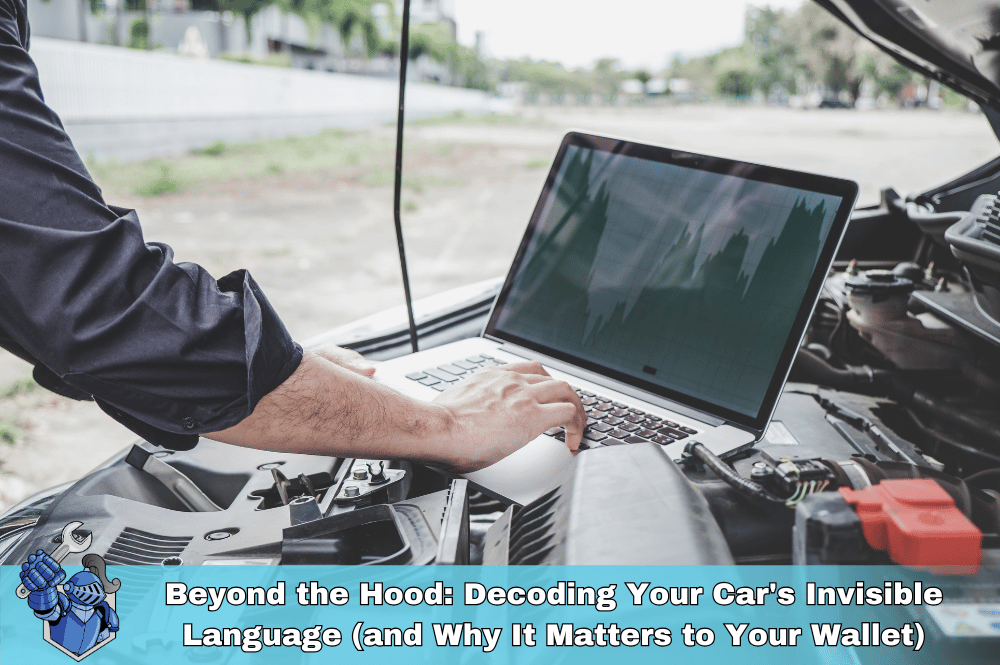 Beyond the Hood: Decoding Your Car's Invisible Language (and Why It Matters to Your Wallet)
Beyond the Hood: Decoding Your Car's Invisible Language (and Why It Matters to Your Wallet)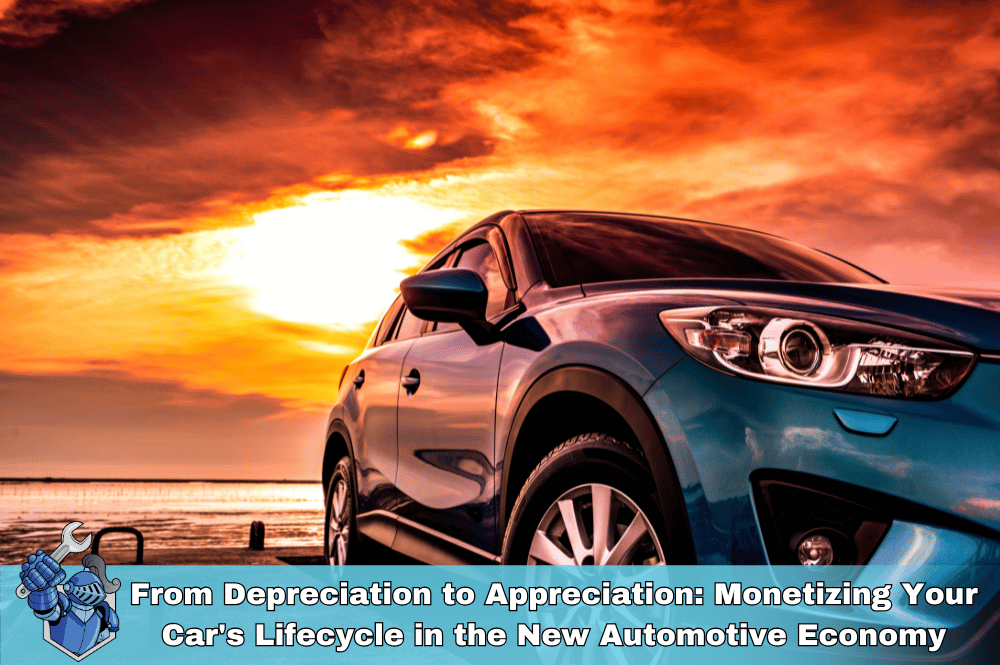 From Depreciation to Appreciation: Monetizing Your Car's Lifecycle in the New Automotive Economy
From Depreciation to Appreciation: Monetizing Your Car's Lifecycle in the New Automotive Economy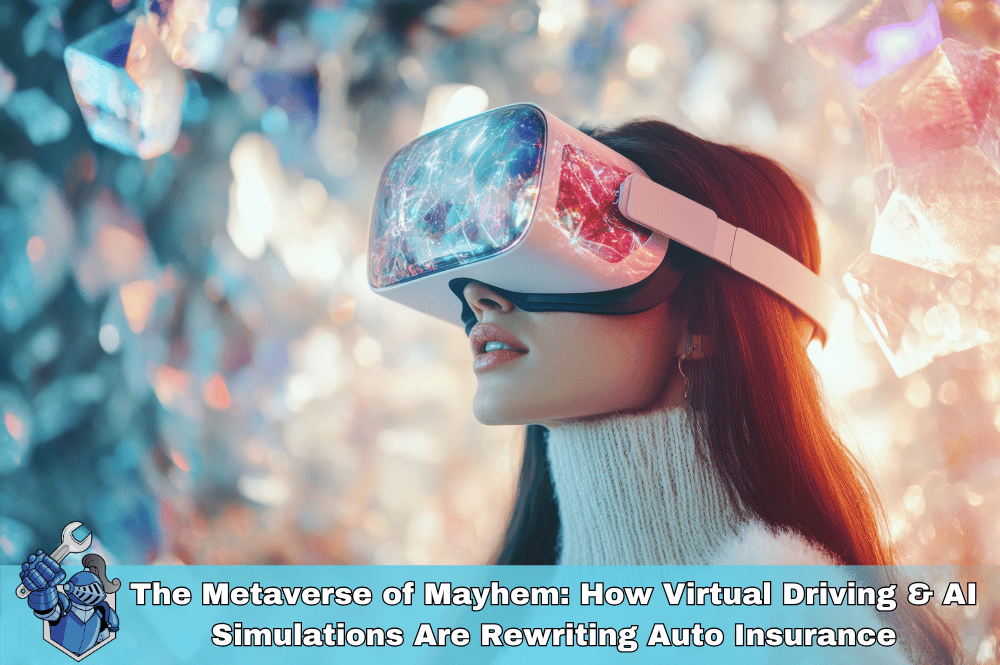 The Metaverse of Mayhem: How Virtual Driving & AI Simulations Are Rewriting Auto Insurance
The Metaverse of Mayhem: How Virtual Driving & AI Simulations Are Rewriting Auto Insurance Don’t Get Scammed: Why Reading Your VSC Contract is Your #1 Defense
Don’t Get Scammed: Why Reading Your VSC Contract is Your #1 Defense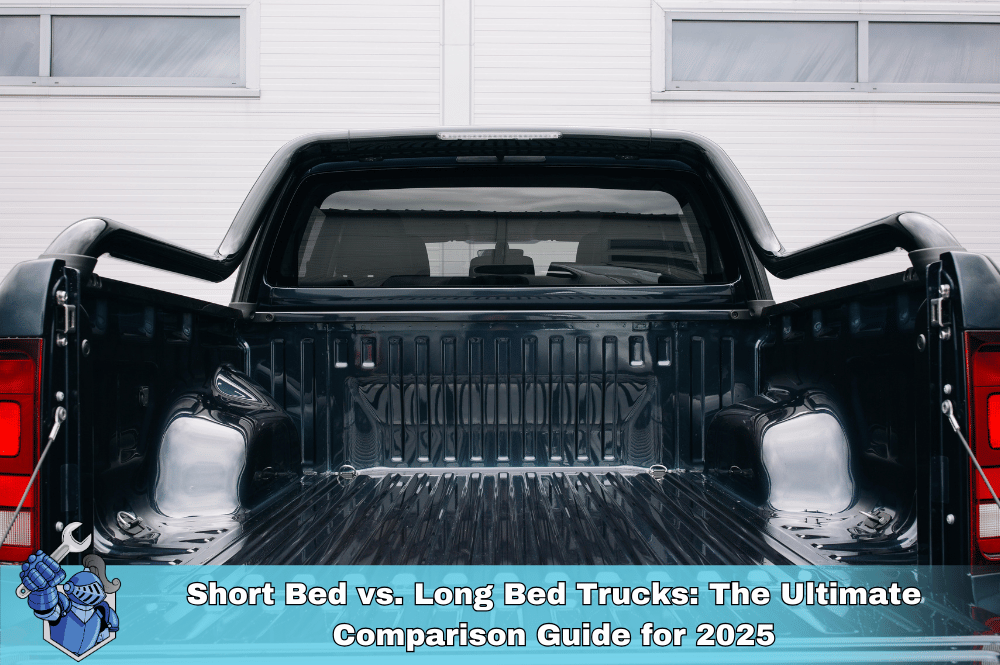 Short Bed vs. Long Bed Trucks: The Ultimate Comparison Guide for 2025
Short Bed vs. Long Bed Trucks: The Ultimate Comparison Guide for 2025 How to Pump Gas: A Complete Step-by-Step Guide for Every Driver
How to Pump Gas: A Complete Step-by-Step Guide for Every Driver The Ultimate Guide to Subprime Auto Financing: Your Path to Car Ownership
The Ultimate Guide to Subprime Auto Financing: Your Path to Car Ownership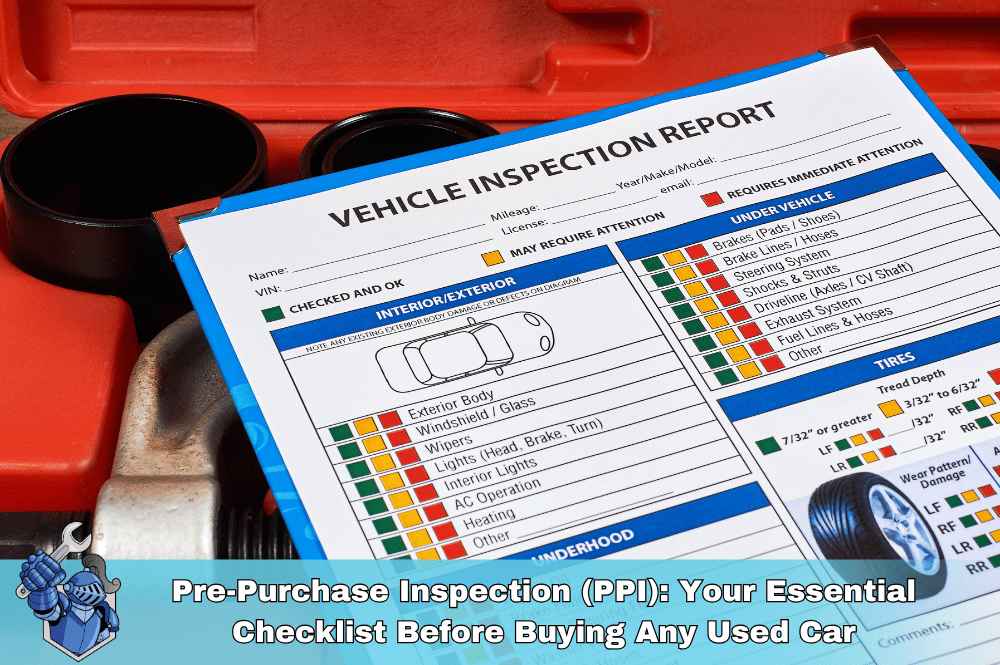 Pre-Purchase Inspection (PPI): Your Essential Checklist Before Buying Any Used Car
Pre-Purchase Inspection (PPI): Your Essential Checklist Before Buying Any Used Car Unearthing Automotive Gold: The Underrated Used Cars You Need to Buy Now
Unearthing Automotive Gold: The Underrated Used Cars You Need to Buy Now 2025 Corvette ZR1: The Ultimate Guide to Specs, Price, and Performance
2025 Corvette ZR1: The Ultimate Guide to Specs, Price, and Performance The Last Ride: Why the 2025 Audi A4 is the Ultimate Collectible (and Daily Driver)
The Last Ride: Why the 2025 Audi A4 is the Ultimate Collectible (and Daily Driver) Headlight Restoration & Bulb Replacement: The Ultimate Guide to Perfect Car Lighting
Headlight Restoration & Bulb Replacement: The Ultimate Guide to Perfect Car Lighting Does Driving for Uber/Lyft/DoorDash Void Your Car’s Warranty? & How to Get Covered
Does Driving for Uber/Lyft/DoorDash Void Your Car’s Warranty? & How to Get Covered The Ultimate Guide to Motorcycle Extended Warranties: Is It Worth It for Your Ride?
The Ultimate Guide to Motorcycle Extended Warranties: Is It Worth It for Your Ride?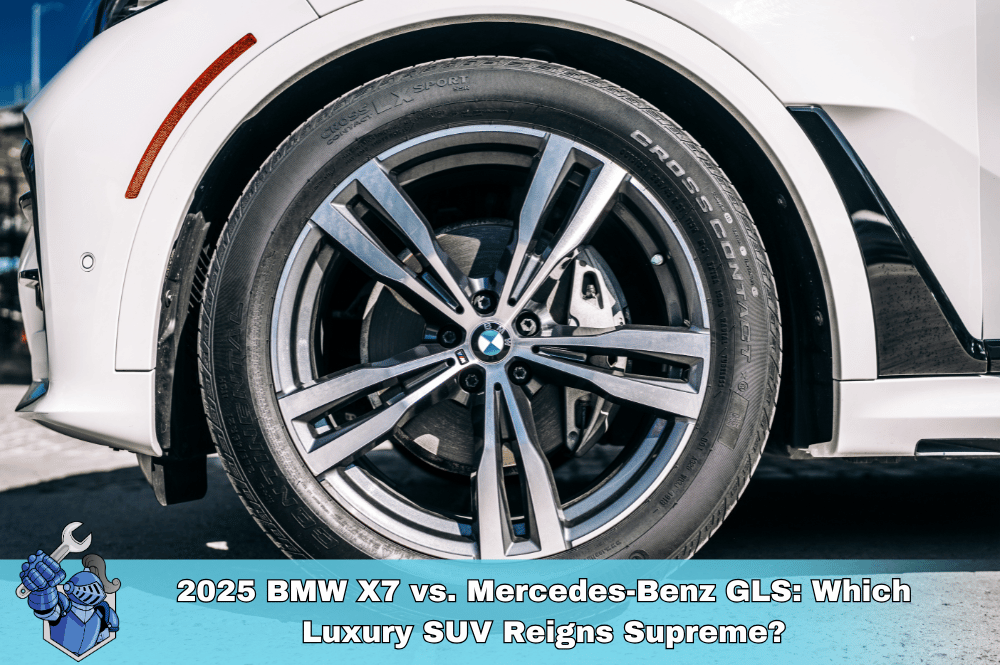 2025 BMW X7 vs. Mercedes-Benz GLS: Which Luxury SUV Reigns Supreme?
2025 BMW X7 vs. Mercedes-Benz GLS: Which Luxury SUV Reigns Supreme? Barbie's Dream Car: The Ultimate EV Conversion? (And Why Even Fantasy Needs a Real Warranty)
Barbie's Dream Car: The Ultimate EV Conversion? (And Why Even Fantasy Needs a Real Warranty)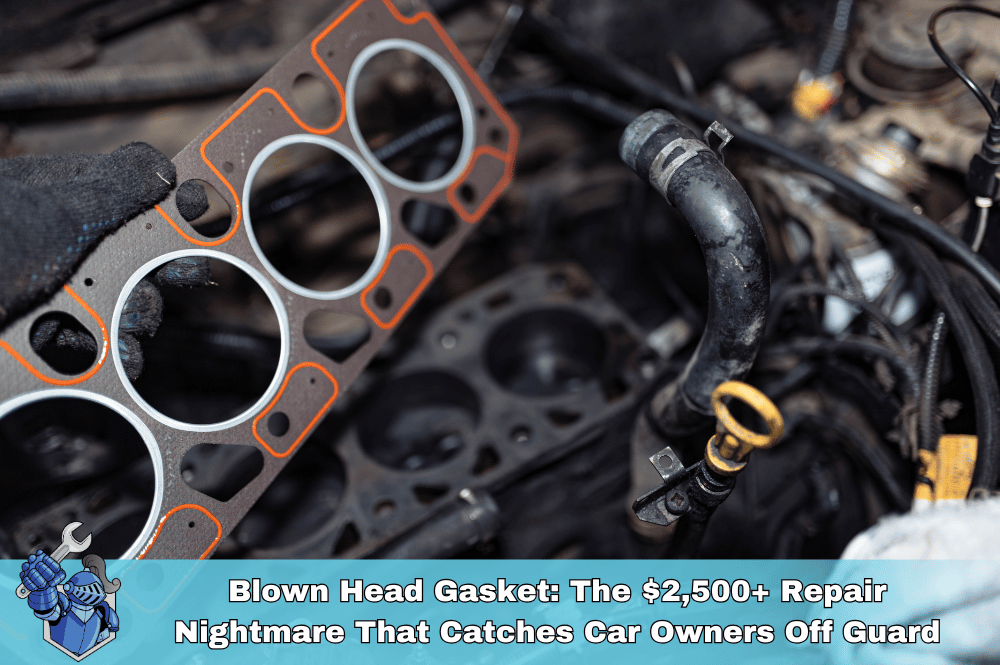 Blown Head Gasket: The $2,500+ Repair Nightmare That Catches Car Owners Off Guard – Learn How to Prepare
Blown Head Gasket: The $2,500+ Repair Nightmare That Catches Car Owners Off Guard – Learn How to Prepare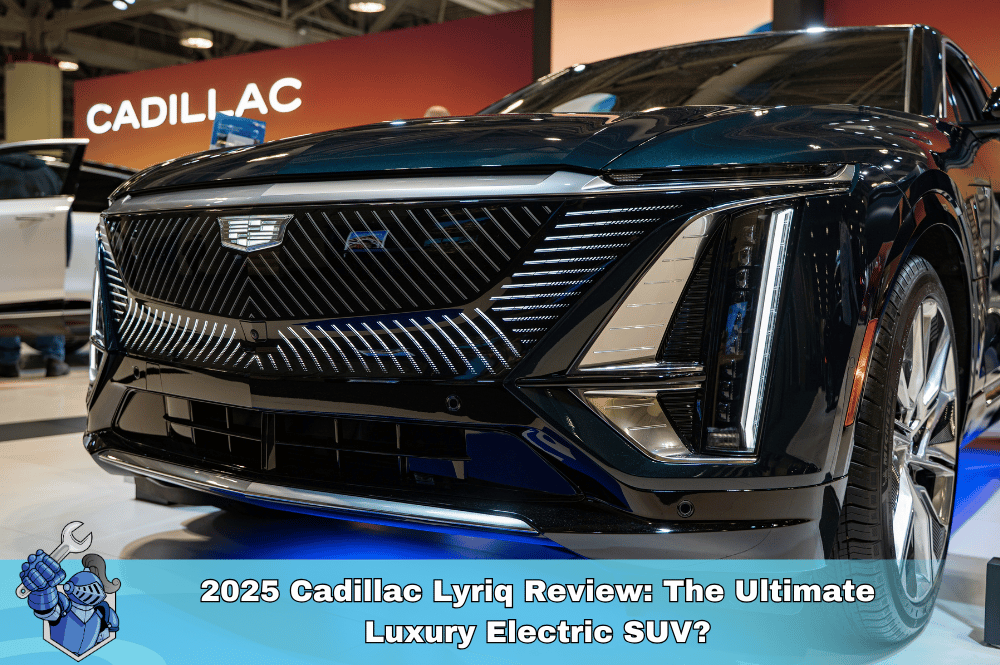 2025 Cadillac Lyriq Review: The Ultimate Luxury Electric SUV?
2025 Cadillac Lyriq Review: The Ultimate Luxury Electric SUV? Pep Boys: Your Complete Guide to Auto Parts, Service & Repair (2025 Edition)
Pep Boys: Your Complete Guide to Auto Parts, Service & Repair (2025 Edition) Drive Smarter: Unlock Vehicle Protection with 0% APR Service Contract Payments
Drive Smarter: Unlock Vehicle Protection with 0% APR Service Contract Payments 2025 Harley-Davidson Sportster S: The Ultimate Review & Buyer’s Guide
2025 Harley-Davidson Sportster S: The Ultimate Review & Buyer’s Guide New Jersey Car Insurance Laws 2025–2026: Your Essential Guide to What’s Changed & What’s Next
New Jersey Car Insurance Laws 2025–2026: Your Essential Guide to What’s Changed & What’s Next The Ultimate Dodge Viper Guide: All Generations, Specs, & History (1991–2017)
The Ultimate Dodge Viper Guide: All Generations, Specs, & History (1991–2017) Meineke Oil Change: Everything You Need to Know (Prices, Packages, and Why It Matters)
Meineke Oil Change: Everything You Need to Know (Prices, Packages, and Why It Matters) The Connected Car’s 'Black Box': How Your Data Impacts Warranty Claims
The Connected Car’s 'Black Box': How Your Data Impacts Warranty Claims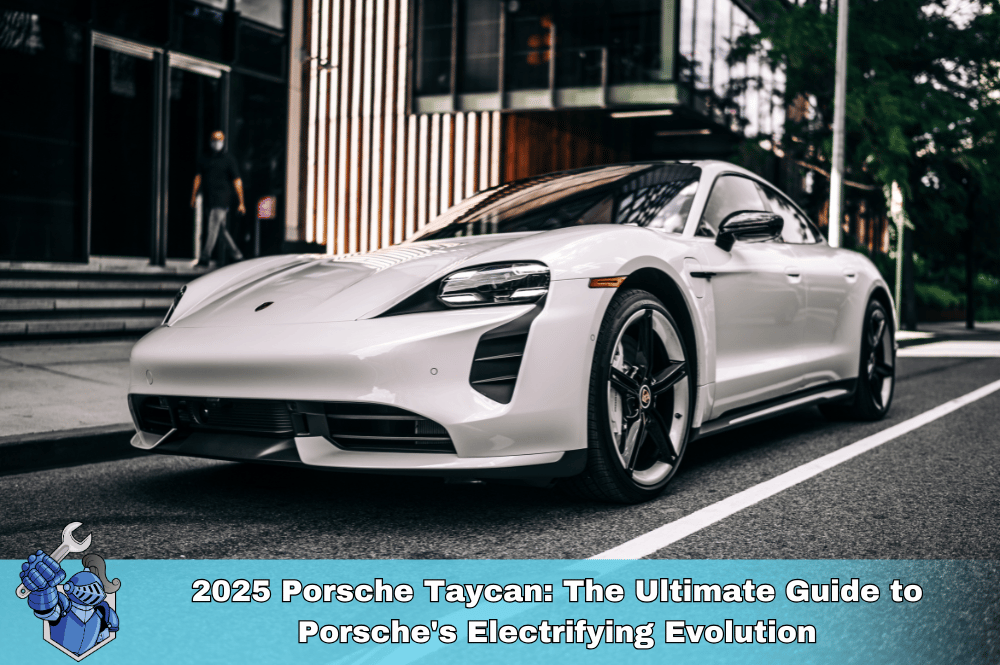 2025 Porsche Taycan: The Ultimate Guide to Porsche's Electrifying Evolution
2025 Porsche Taycan: The Ultimate Guide to Porsche's Electrifying Evolution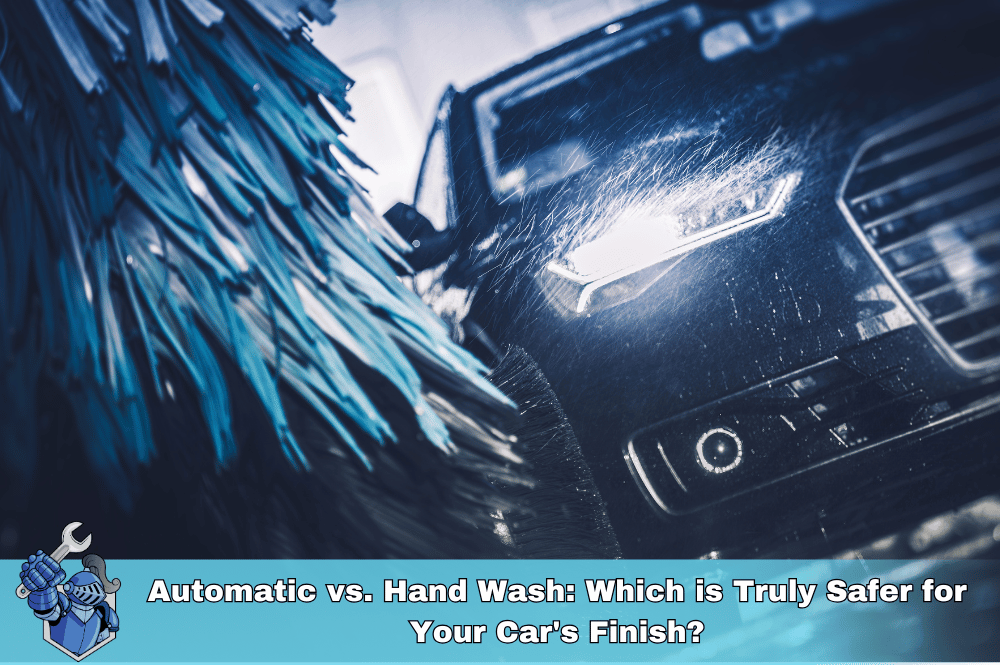 Automatic vs. Hand Wash: Which is Truly Safer for Your Car's Finish?
Automatic vs. Hand Wash: Which is Truly Safer for Your Car's Finish? Homeowners Insurance vs. Home Warranty: A Clear Breakdown for Every Homeowner
Homeowners Insurance vs. Home Warranty: A Clear Breakdown for Every Homeowner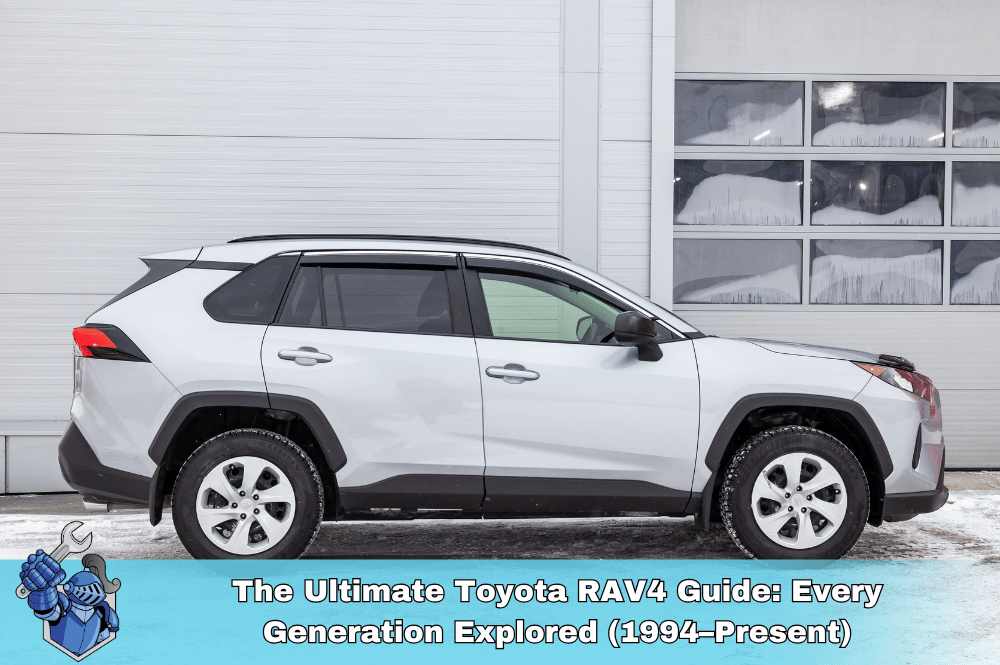 The Ultimate Toyota RAV4 Guide: Every Generation Explored (1994–Present)
The Ultimate Toyota RAV4 Guide: Every Generation Explored (1994–Present) Erie Auto Insurance Review 2025: Rates, Discounts, & Why Drivers Choose It
Erie Auto Insurance Review 2025: Rates, Discounts, & Why Drivers Choose It The Ultimate Bentley Bentayga Buyer’s Guide: Every Model, Trim & Real-World Ownership Costs
The Ultimate Bentley Bentayga Buyer’s Guide: Every Model, Trim & Real-World Ownership Costs The Ultimate Lamborghini Urus Buyer's Guide: Every Generation, Model, & What You Need to Know Before Owning
The Ultimate Lamborghini Urus Buyer's Guide: Every Generation, Model, & What You Need to Know Before Owning Mazda6 Generations Explained: A Complete History & Buyer's Guide (All Models)
Mazda6 Generations Explained: A Complete History & Buyer's Guide (All Models) The True Cost of Luxury Car Repair: Are You Paying Too Much Without a Vehicle Service Contract?
The True Cost of Luxury Car Repair: Are You Paying Too Much Without a Vehicle Service Contract? Chubb Auto Insurance: The Premier Choice for Luxury, Exotic, and Classic Cars
Chubb Auto Insurance: The Premier Choice for Luxury, Exotic, and Classic Cars Full Tort vs. Limited Tort in Pennsylvania: Which is Right for You? (A Driver's Definitive Guide)
Full Tort vs. Limited Tort in Pennsylvania: Which is Right for You? (A Driver's Definitive Guide)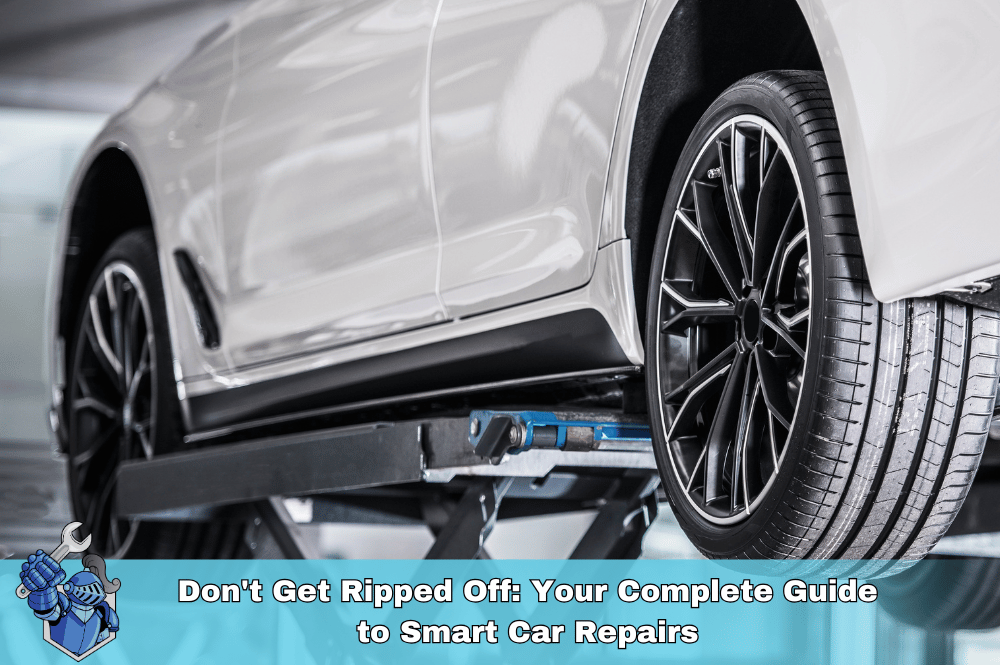 Don't Get Ripped Off: Your Complete Guide to Smart Car Repairs
Don't Get Ripped Off: Your Complete Guide to Smart Car Repairs The New Land Rover Defender: Redefining Rugged Luxury (Your Ultimate Review & Buying Guide)
The New Land Rover Defender: Redefining Rugged Luxury (Your Ultimate Review & Buying Guide) Cash vs. Car Loan: Which is Right for Your Next Vehicle Purchase?
Cash vs. Car Loan: Which is Right for Your Next Vehicle Purchase?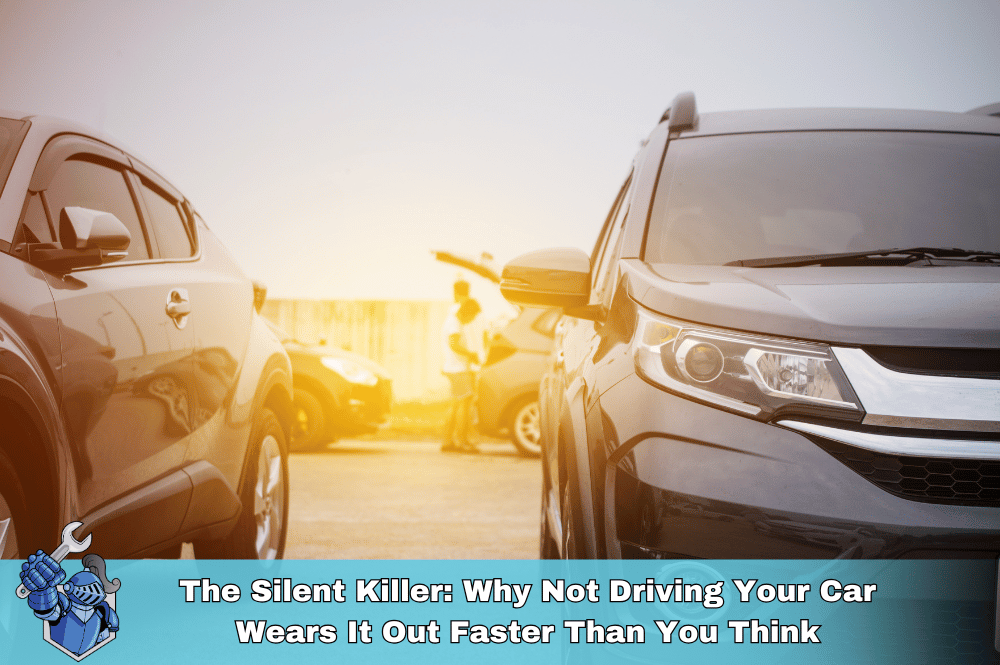 The Silent Killer: Why Not Driving Your Car Wears It Out Faster Than You Think
The Silent Killer: Why Not Driving Your Car Wears It Out Faster Than You Think Beyond the Basics: Unpacking AIG's Elite Auto Insurance for High-Net-Worth Drivers
Beyond the Basics: Unpacking AIG's Elite Auto Insurance for High-Net-Worth Drivers The Ultimate 2025 Hyundai Santa Fe Review: Your Complete Buyer’s Guide
The Ultimate 2025 Hyundai Santa Fe Review: Your Complete Buyer’s Guide The Repair Shop Rejection Reflex: Why Customers Say No to Essential Car Fixes
The Repair Shop Rejection Reflex: Why Customers Say No to Essential Car Fixes Rolls-Royce Cullinan Review: Is This the World's Ultimate Luxury SUV?
Rolls-Royce Cullinan Review: Is This the World's Ultimate Luxury SUV? Amica Auto Insurance Review 2025: Unpacking Value, Dividends, and Why It Consistently Ranks #1 for Service
Amica Auto Insurance Review 2025: Unpacking Value, Dividends, and Why It Consistently Ranks #1 for Service Get Your Price Instantly: The Smart Way to Buy & Manage Your Car's Extended Warranty Online with NobleQuote
Get Your Price Instantly: The Smart Way to Buy & Manage Your Car's Extended Warranty Online with NobleQuote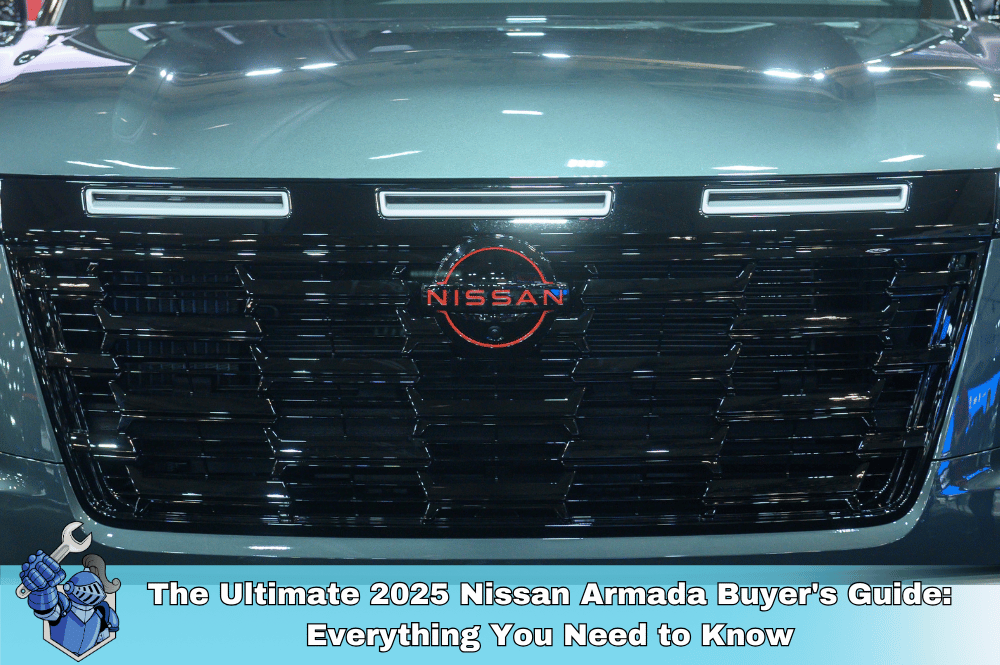 The Ultimate 2025 Nissan Armada Buyer's Guide: Everything You Need to Know
The Ultimate 2025 Nissan Armada Buyer's Guide: Everything You Need to Know The Ultimate Guide to Home Warranty Plumbing Coverage: What's Covered, What's Not, and Why It Matters
The Ultimate Guide to Home Warranty Plumbing Coverage: What's Covered, What's Not, and Why It Matters Rideshare Safety Unlocked: The Ultimate Guide to Secure Uber & Lyft Rides
Rideshare Safety Unlocked: The Ultimate Guide to Secure Uber & Lyft Rides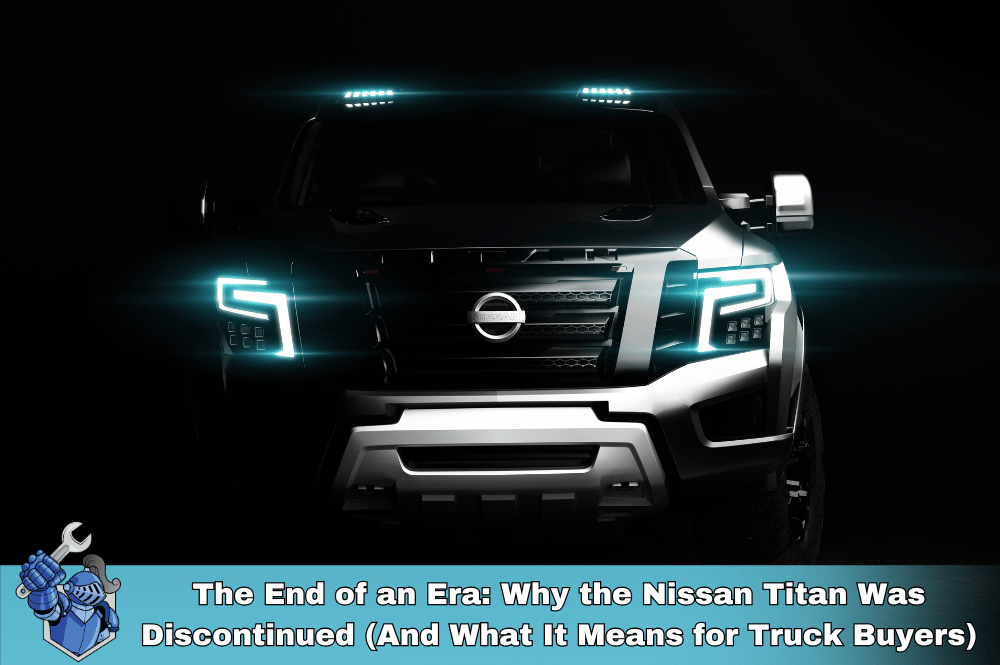 The End of an Era: Why the Nissan Titan Was Discontinued (And What It Means for Truck Buyers)
The End of an Era: Why the Nissan Titan Was Discontinued (And What It Means for Truck Buyers) Drive: The Ryan Gosling Movie That Defined a Generation of Car Culture
Drive: The Ryan Gosling Movie That Defined a Generation of Car Culture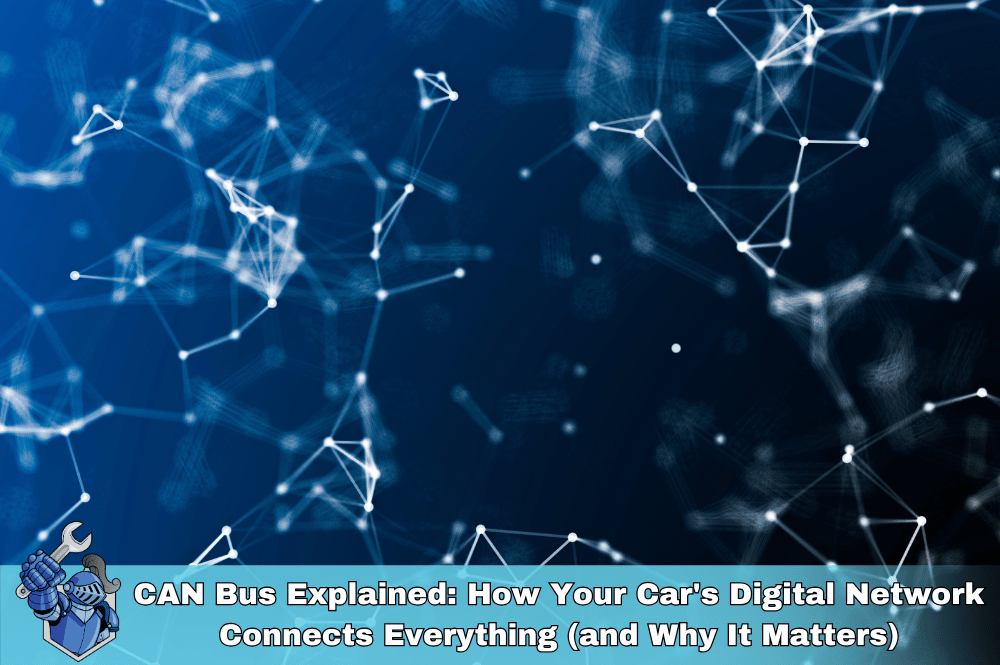 CAN Bus Explained: How Your Car's Digital Network Connects Everything (and Why It Matters)
CAN Bus Explained: How Your Car's Digital Network Connects Everything (and Why It Matters) The Ultimate Guide to the 2025 Jaguar F-Pace: Performance, Luxury & Value
The Ultimate Guide to the 2025 Jaguar F-Pace: Performance, Luxury & Value Confessions of a Car Salesperson: What They Don’t Want You to Know (And How to Use It to Your Advantage)
Confessions of a Car Salesperson: What They Don’t Want You to Know (And How to Use It to Your Advantage) Water Damage & Your Home Warranty: Understanding What's Truly Covered (and What Isn't!)
Water Damage & Your Home Warranty: Understanding What's Truly Covered (and What Isn't!) Stop The Steal: Your Ultimate Guide to Catalytic Converter Theft Prevention
Stop The Steal: Your Ultimate Guide to Catalytic Converter Theft Prevention The Ultimate Hummer H2 Buyer’s Guide: Common Problems, Reliability, and What to Know Before You Buy
The Ultimate Hummer H2 Buyer’s Guide: Common Problems, Reliability, and What to Know Before You Buy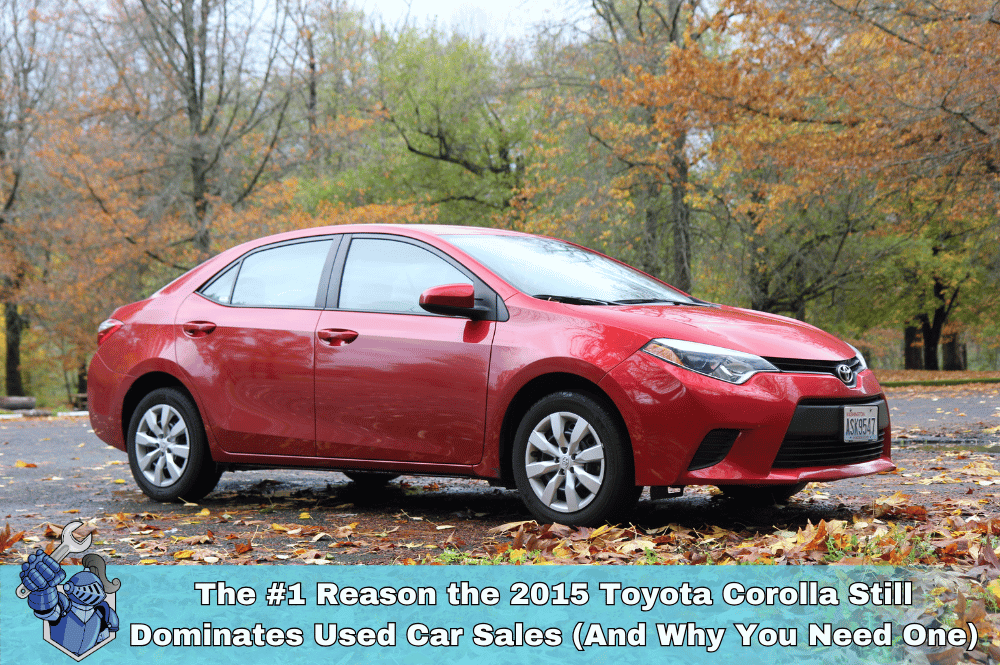 The #1 Reason the 2015 Toyota Corolla Still Dominates Used Car Sales (And Why You Need One)
The #1 Reason the 2015 Toyota Corolla Still Dominates Used Car Sales (And Why You Need One)